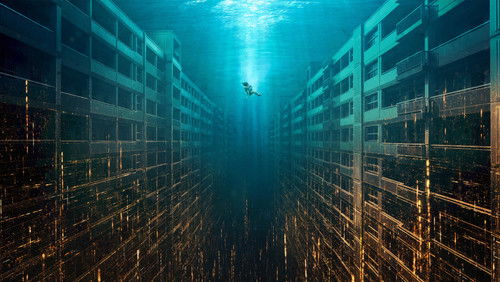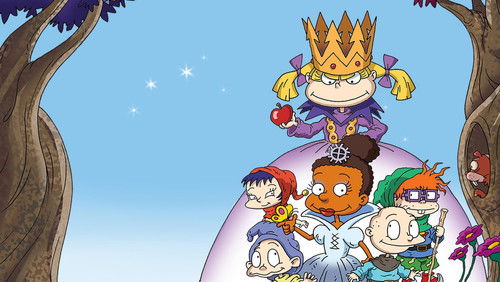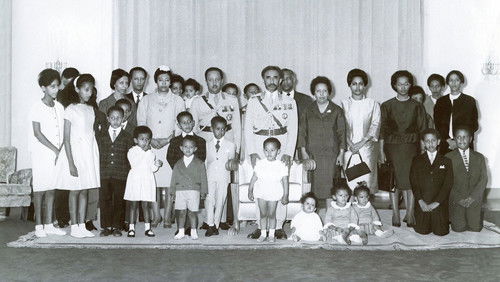Persona Non Grata (2015)
7KPersona Non Grata: Directed by Cellin Gluck. With Toshiaki Karasawa, Koyuki, Borys Szyc, Agnieszka Grochowska. Against his country’s orders, a Japanese diplomat issues visas to refugees, saving over 6,000 Jewish lives at the outbreak of World War II.
“Viewed at CineMatsuri 2016. Director Cellin Gluck delivers a grippingly emotional biopic that transcends any perceived/imaged boundaries of ethnicity in epic fashion. Glicku0026#39;s film (yet to be fully released–see below) re-creates the life and times of obscure Japanese diplomat, Sugihara Chiune, who turned into a world-class humanitarian all but forgotten in the fog of history (or, more likely, the smog of politically rewritten history)–until now! Sugihara Chiune became an acknowledged expert on the culture/language of the USSR with the objective of securing a diplomatic posting there just prior to WWII. It never happened. Instead he was serially posted to smaller European countries (originally to spy on the military activities of the USSR and Nazi Germany and then later to be kept politically sidelined) starting with Lithuania. The diplomat had been declared Persona Non Grata (an unwelcome foreigner) by the USSR as a result of following his superiorsu0026#39; orders while previously posted to Manchuria. Later he was essentially declared Persona Non Grata within Japanu0026#39;s diplomatic corps (and the post-occupation government) as a result of not following his superiorsu0026#39; orders. Dramatization of the latter is the core of this film. Before his Lithuania Embassy was forced to close (and later working from a hotel room), Ambassador Sugihara provided thousands of hand-written (and illegal) Japanese exit visas for displaced ethnic Jews (mostly from Poland) trapped in Lithuania. They lacked transit u0026quot;small pieces of paperu0026quot; (that no embassy was willing/able to issue) and faced imminent extermination by the Nazis (and their military collaborators). This, however, was far from a one-man humanitarian show. The refuges had help from many sympathetic to their plight (including diplomatic classmates of Sugihara Chiune posted to other countries and a newly-minted captain of a Japan-bound ship, all of whom disobeyed their superiors). In essence, a team effort! But it took the unparalleled courage of one man (with the unwavering support/encouragement of his wife) to start the ball rolling. Multicultural audience reactions to the Directoru0026#39;s re-creation of real life-and-death historical events (the film was screened four times during CineMatsuri 2016) ranged from stark surprise to incredulity to high emotionality. Those most aware of the filmu0026#39;s historical context are members of an ethnic group that has grown to almost 50,000 folks who literally owe their lives directly/indirectly to the self-sacrificing, humanitarian actions of Ambassador Sugihara close to 80 years ago. (Some were at the initial screening where the depth of their emotions rivaled what had been portrayed on screen!) Acting is A-list quality all round. Phonetically-spoken English and line readings dubbed/re-looped by non-native English speakers are okay (but see below). Actor Cezary Lukaszewicz in the role of the civilian German-Lithuanian personal assistant is especially outstanding. Cinematography (wide screen, color) as well as scene lighting and inter-scene lighting consistency are excellent. Set selection, design, and dressing are top of the line (during the Qu0026amp;A following the initial screening, Gluck noted that all scenes were shot in Poland including the interiors!). Subtitles are fine for translating Japanese into English (a few times the screen flash rate is a bit too brief). However, English spoken in the closing scenes is often hard to understand even with repeat viewings. (It could benefit from, yup, English-to-English translational subtitles!) There is one continuity glitch involving children which is amusing if you can spot it. More often than not, Japanese films tend to be too long (at least those released with English subtitles). But not this time. Here is a movie that is too short–way too short! When queried about the obvious choppy editing (during the Qu0026amp;A), the Director indicated he had tried unsuccessfully to obtain final-cut approval which probably would put back about 30-40 minutes (post-screening, corridor straw polls also consistently indicated that a Directoru0026#39;s Cut version is badly needed). Opening scenes have been truncated to a point just short of becoming incomprehensible. Even with repeat viewings, itu0026#39;s hard to tell who is shooting at whom and why (perhaps scene-by-scene expository text could be printed at the top of the screen?). Walking the film backward in the mindu0026#39;s eye, it seems that opening scenes were originally meant to anchor the main plot as well as initiate multiple theme streams for PERSONA NON GRATA. The impact of a romantic subplot along the lines of CASABLANCA (Warner Bros., 1942) (with Manchuria substituting for Paris and a religious temple in Lithuania for Ricku0026#39;s Cafe) is all but obliterated (with remnants mostly detectable by the super discerning/ patient viewer?). Abruptly, the film ends with a short scene apparently indicating that Sugihara Chiune finally made it to Russia years later (as a relatively minor businessman?). What happened after his last posting (in Romania) and his return to his devastated homeland probably remains in the digital equivalent of the u0026quot;cutting roomu0026#39;s floor.u0026quot; All of this may require a bit of nose holding by movie audiences in general and Japanese movie enthusiasts in particular; but, ultimately, it need not significantly diminish what Director Gluck has created: a film masterpiece! Although the movie depicts the desperation and hopelessness of displaced ethnic refugees from many, many decades ago, it obviously remains relevant today. Contemporary Japanese movie making at its finest. Not to be missed. WILLIAM FLANIGAN, PhD.”









